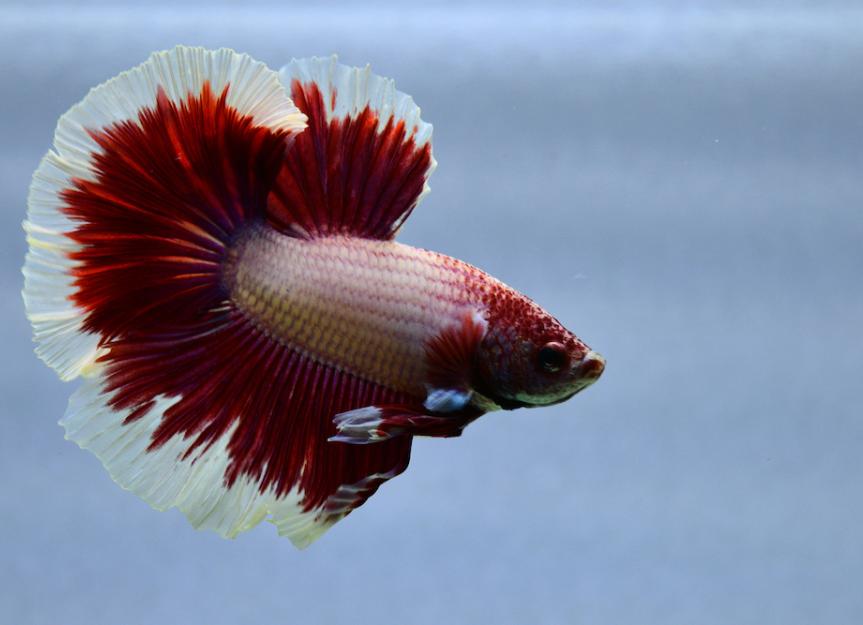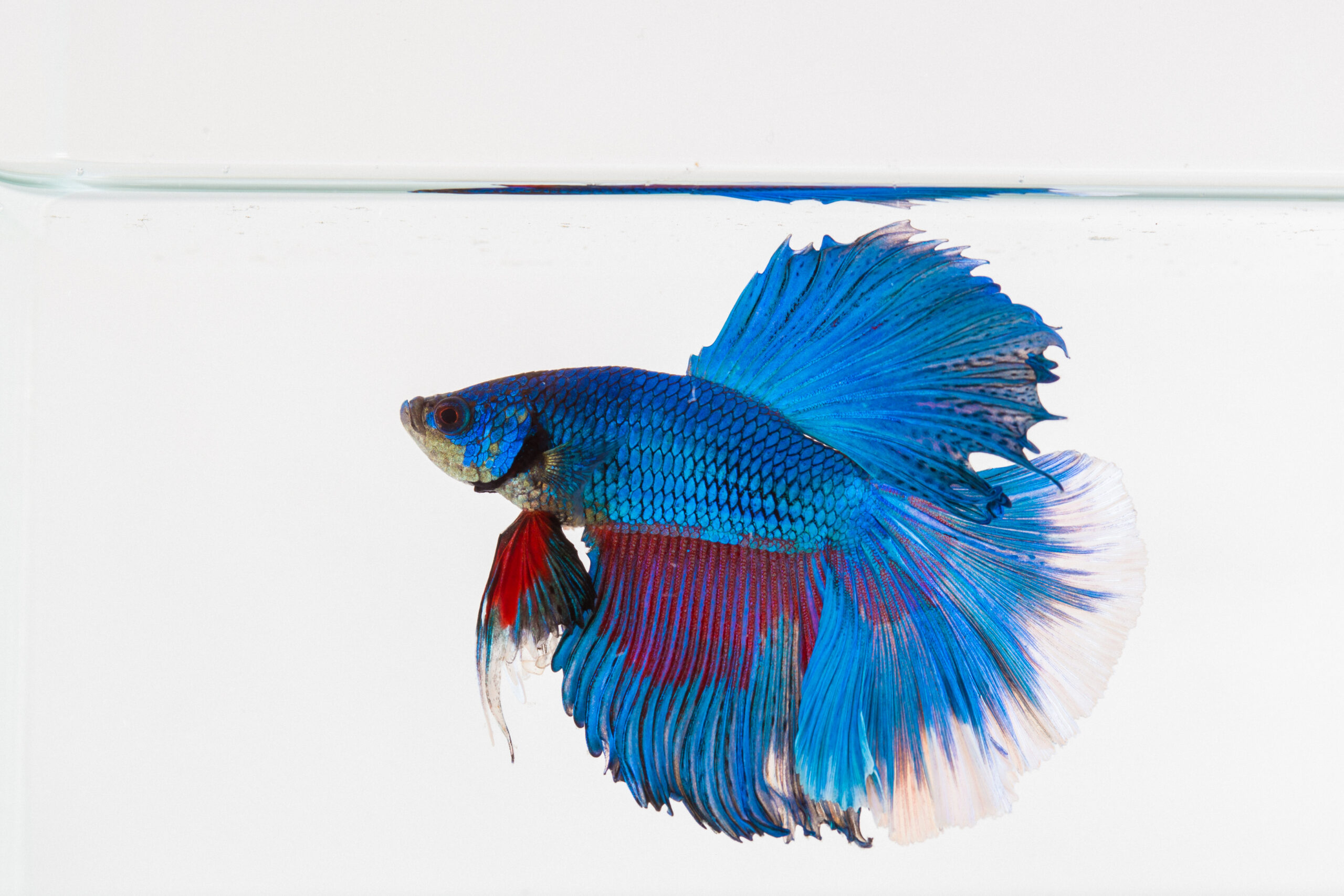Typical Betta Fish Illness and How to Prevent Them
Typical Betta Fish Illness and How to Prevent Them
Blog Article
Breeding Betta Fish: a Comprehensive Step-By-Step Overview to Successfully Raising Child Bettas From Eggs to Adulthood
Breeding Betta fish is a careful endeavor that needs careful planning and implementation to make certain the effective development of fry from eggs to mature fish. Picking genetically varied reproduction sets with desirable attributes is just the start; producing an optimum environment and recognizing the ins and outs of the breeding process are equally essential. As the male Betta faithfully constructs a bubble nest and guards the valuable eggs, the subsequent stages of treatment and shift need interest to information and expertise of ideal practices. How does one browse the tough yet gratifying course of supporting these lively animals to the adult years?

Picking Reproduction Pairs
When embarking on the trip of breeding Betta fish, selecting the ideal breeding sets is important to achieving preferable attributes and a healthy family tree - betta fish. The very first step in this process is to determine the particular attributes you desire to improve or maintain, such as shade, fin type, and body form. It is vital to choose genetically diverse sets to avoid inbreeding, which can result in wellness issues and unfavorable features
Evaluate possible reproducing candidates thoroughly. A healthy and balanced male Betta ought to exhibit vivid colors, an energetic disposition, and well-formed fins, while the woman needs to likewise display dynamic pigmentation and a rounded stubborn belly, suggesting readiness for spawning. Observing the personality of both fish is essential, as aggressive or overly timid people may not breed successfully.
Keeping records of the parent fish's ancestry can assist you track genetic qualities and possible concerns. Eventually, investing time in the option process will dramatically boost the probability of generating strong, dynamic children that satisfy your breeding goals.

Preparing the Breeding Storage Tank
Creating an optimum reproduction environment is a vital action after selecting appropriate pairs for Betta fish. The reproduction storage tank ought to be especially created to offer convenience and promote the natural reproduction behaviors of the fish. Beginning with a storage tank size of at the very least 10 gallons to guarantee adequate area for both the male and women Bettas.
Maintain a mild filtration system to maintain the water clean while preventing strong currents that can emphasize the fish. Additionally, an air rock can be contributed to supply oxygenation without interrupting the water surface area way too much.
Temperature level policy is essential; purpose for a steady variety of 78-82 ° F(25-28 ° C) using a dependable heater. The pH level must be maintained between 6.5 and 7.5, and normal water changes are necessary to make certain high water high quality.
Include visit this website floating plants or spawning sponges to develop hiding areas for the female, while additionally encouraging bubble nest building by the male - betta fish. Ultimately, guarantee the container is without sharp designs and any kind of potential risks, as the well-being of the fish need to always be prioritized during this crucial stage of reproduction.
The Breeding Refine
Typically, the breeding procedure for Betta fish includes a collection of distinctive and visible actions that show preparedness for recreation. The male Betta begins by developing a bubble nest at the water's surface, which serves as a site for the fertilized eggs. This nest is important, as it gives a risk-free atmosphere for the eggs up until they hatch out.
Once the nest is established, the male will display courtship habits, such as flaring his fins and displaying dynamic shades to draw in the female. The lady, upon picking up the man's preparedness, will react by showing vertical stripes along her body, signaling her receptiveness.
When the female strategies, the male takes part in a breeding dancing, often leading a knockout post to a welcome recognized as the "spawning." During this embrace, the lady launches her eggs, which the male feeds quickly. The fed eggs then drop to the bubble nest, where the male meticulously gathers and returns them to the nest. Following this, the male assumes duty for protecting the nest and guaranteeing the safety of the eggs till they hatch, typically within 24-36 hours. This phase is vital in the breeding procedure, laying the structure for successful fry development.
Taking Care Of Betta Fry
Caring for Betta fry requires cautious focus to their atmosphere and nourishment to guarantee healthy and balanced development and growth. After hatching out, Betta fry are incredibly little and at risk, necessitating a steady and tidy habitat.
Feeding Betta fry is similarly crucial. Feed them little amounts a number of times a day, being careful not to overfeed, which can lead to water quality issues.
Transitioning to Grownup Bettas
As Betta fry fully grown, transitioning them to adult Bettas is an important stage that needs cautious management of their environment and social communications. This procedure commonly begins when the fry reach around 6 weeks old, whereupon they can be slowly introduced to an extra organized living atmosphere.
To promote this transition, it is vital to make certain that the water specifications-- such as temperature level, pH, and ammonia levels-- are optimum and steady. Grown-up Betta fish prosper in warm water (around 78-80 ° F) with a pH of 6.5 to 7.5. Progressively acclimate the fry to these conditions to decrease tension.
Social communications pop over to these guys are one more essential factor; man Bettas are infamously territorial and aggressive. Consequently, it is recommended to different males right into specific storage tanks as they mature. Female Bettas can be housed with each other, but treatment needs to be taken to check for indications of aggression.
Additionally, dietary changes should be made as the fry grow. Integrate premium pellets and live foods to sustain their development and health. By handling these aspects effectively, you can promote a successful shift to the adult years for your Betta fish.

Verdict
Effective reproduction of Betta fish calls for mindful interest to detail throughout the entire process, from picking genetically varied sets to supplying ideal look after fry. By guaranteeing suitable reproduction problems and preserving water quality, the possibility of healthy spawn boosts substantially. Furthermore, a balanced diet regimen and steady adjustment to adult environments are crucial for the development and growth of Betta fish. Adhering to these actions vigilantly cultivates a thriving populace of Betta fish, improving both their health and vigor.
Report this page